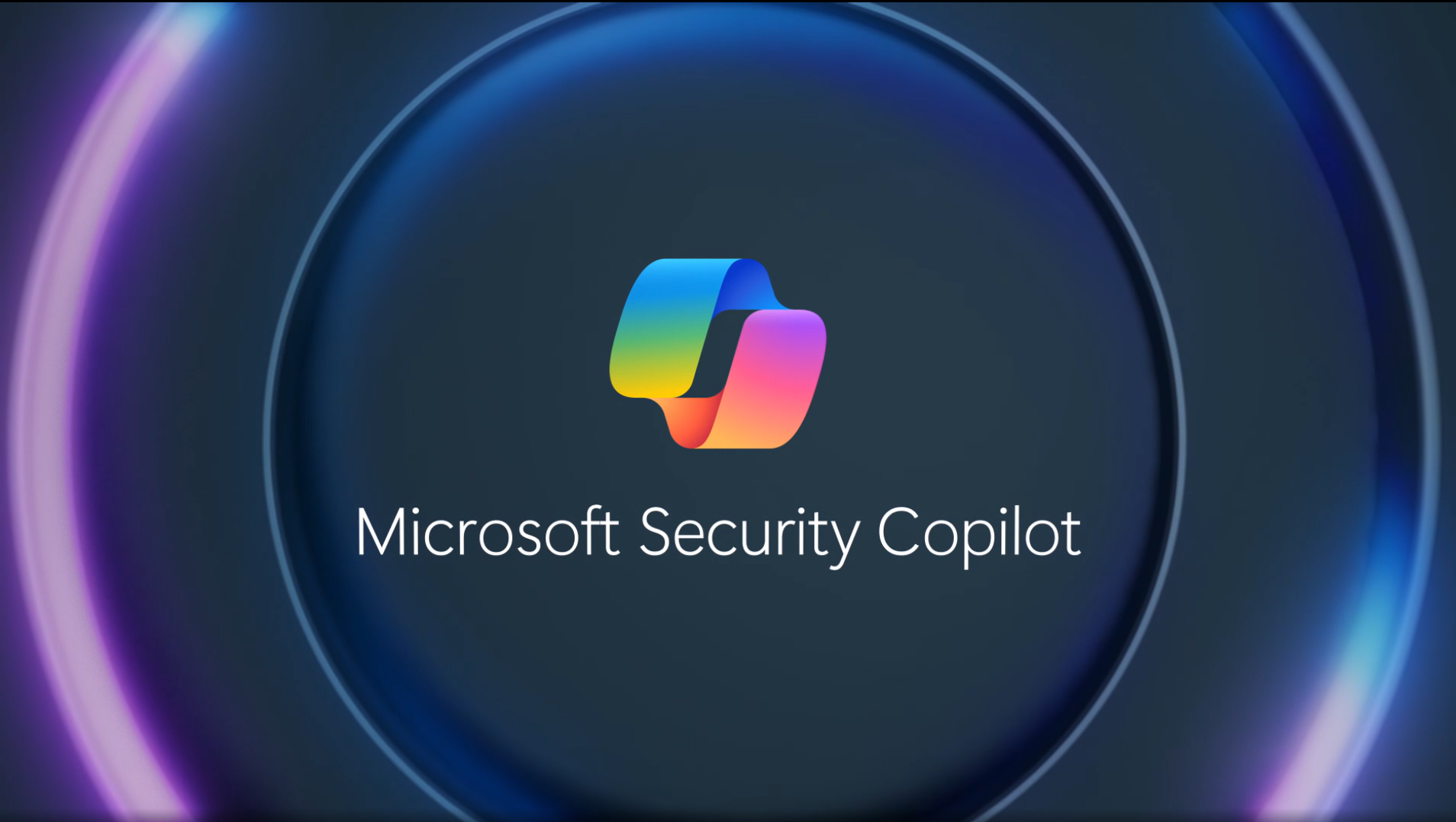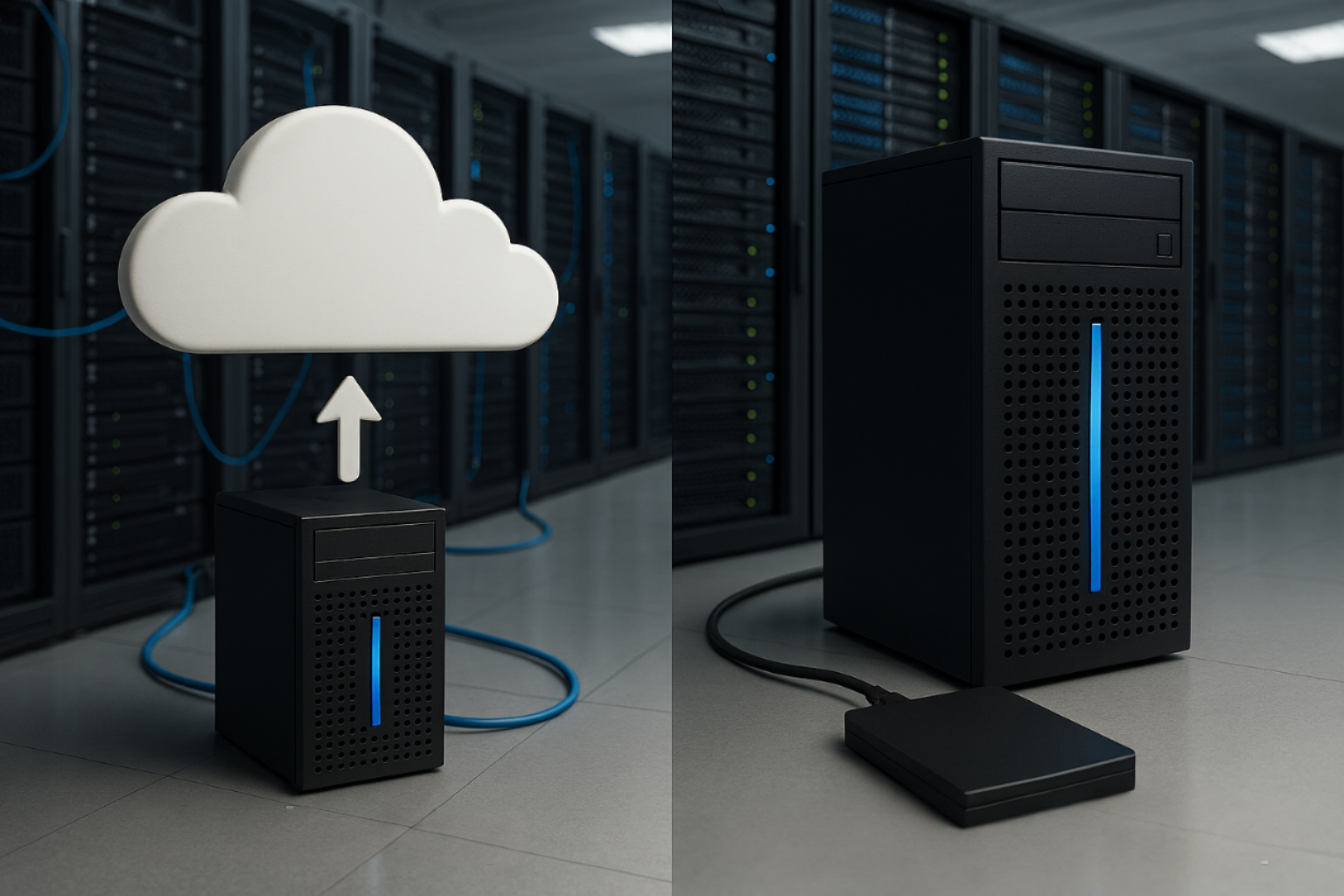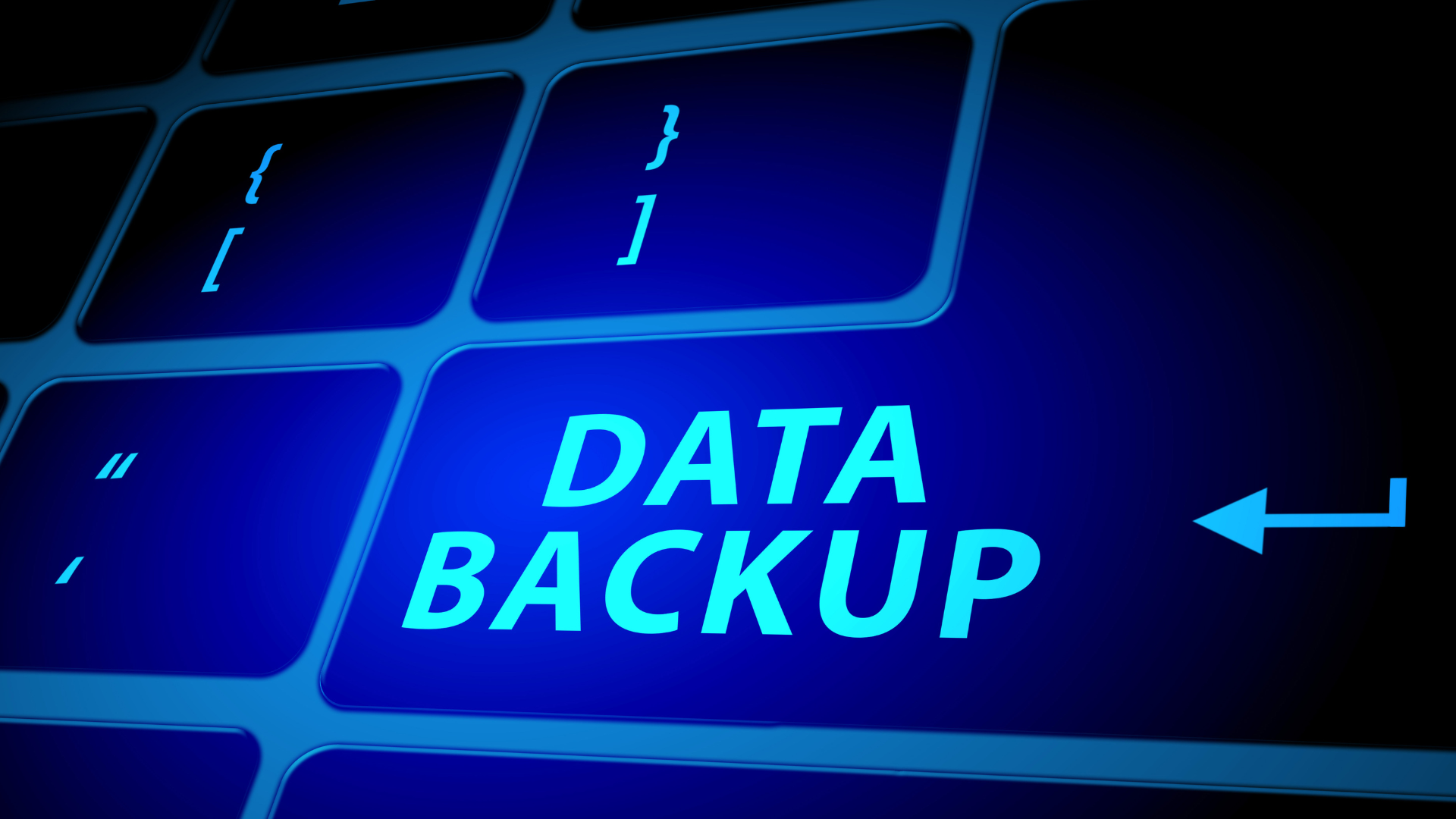Building Ransomware Resilience
This is Post 2 in our 5-part series for Cybersecurity Awareness Month, and we’re diving into one of the most dangerous threats facing UK businesses: ransomware.
Ransomware is one of the fastest-growing threats to UK businesses and it’s hitting smaller organisations the hardest. In 2024 alone, attacks caused over
£1.5 billion in downtime and recovery costs.
At Indiko Data, we help businesses protect against ransomware with proactive security, smart recovery, and expert support. Let’s explore how to build resilience and keep your business running, no matter what.
🔓 What Ransomware Really Does
It only takes one click to shut you down.
Ransomware locks your files, systems, and backups, holding your data hostage until a ransom is paid. It often starts with a phishing email or a weak password. Once inside, it spreads fast, encrypting everything it touches.
The impact:
- Operations grind to a halt
- Customer data becomes inaccessible
- Recovery can take days, or even weeks
Without strong defences and secure backups, even one attack can cripple your business.
🎯 Why Small Businesses Are Prime Targets
Hackers don’t care how big you are.
Cybercriminals increasingly target small and mid-sized businesses because they often lack full-time IT security teams. They exploit:
- Outdated software and missing patches
- Weak passwords or shared logins
- Poorly secured backups
Automated attacks scan for any opening, so you don’t need to be targeted to be hit. Ransomware is now a matter of when, not if.
💸 The Real Cost of a Ransomware Attack
It’s not the ransom, it’s the downtime.
The average UK recovery cost after ransomware is £600,000, with most of that due to downtime, lost revenue, and recovery effort.
Even if you never pay the ransom, you could still face:
- Days or weeks of business disruption
- Data loss and damaged backups
- Compliance fines under GDPR
- Reputational harm with clients
Most small businesses can’t afford that kind of impact which is why preparation is everything.
🛡️ What Ransomware Resilience Really Means
Being ready to recover, no matter what.
Resilience isn’t about stopping every attack, it’s about surviving one. That means your business can continue operating, recover data quickly, and avoid paying a ransom.
True resilience comes from:
✅ Preventing attacks with advanced protection
✅ Detecting suspicious behaviour early
✅ Recovering systems from clean, secure backups
At Indiko Data, we build resilience into your IT so ransomware never stops your business for long.
🧩 How to Build Ransomware Resilience
Five essential steps for every business:
1️⃣
Secure, immutable backups: backups that attackers can’t alter or delete
2️⃣
Regular patching:
keep systems and apps up to date automatically
3️⃣
Behaviour-based protection: blocks threats that antivirus can’t detect
4️⃣
Employee awareness training:
your people are your first line of defence
5️⃣
Recovery planning: know how quickly you can restore operations
We handle all of this for our clients so they can focus on running their business, not fighting cyberattacks.
🔐 How Indiko Data Protects You
Proactive defense. Simplified protection.
As your Managed Service Provider, Indiko Data combines security, backup, and recovery into one fully managed service. Powered by Acronis Cyber Protect, we deliver:
- Behaviour-based ransomware protection
- Secure, cloud-based backups
- Patch management and monitoring
- Rapid recovery and expert support
No separate tools. No complex setup. Just complete protection, managed for you.
🚀 Ready to Build Ransomware Resilience?
Let’s make your business ransomware-resilient.
Ransomware isn’t going away, but with Indiko Data on your side, you’ll be ready for anything.
We help UK businesses secure their data, recover faster, and reduce risk through proactive managed protection.
Contact Indiko Data today and take the first step toward real resilience.











